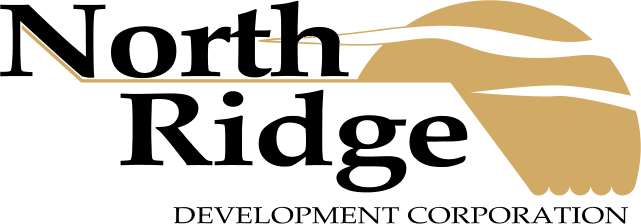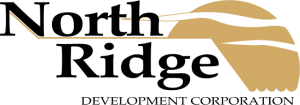
WINTER-PROOFING YOUR NEW HOME
Winter in Saskatchewan can be harsh, with temperatures dropping well below freezing. As a new homeowner, you’ll want to make sure your home is ready for the cold season. Winterizing your home not only protects it from the elements but also ensures comfort, energy efficiency, and cost savings. Here are some tips to help you prepare your home for the chilly months ahead:
1. Check Your Heating System
Your furnace is your home’s lifeline during winter. Ensure that it’s working efficiently by scheduling a professional inspection. A well-maintained furnace will run more effectively, reduce heating costs, and extend its lifespan. Replace the air filters regularly, ideally every three months, or more frequently if you have pets.
2. Seal Drafts
Even small drafts can lead to significant heat loss. Inspect windows, doors, and other potential gaps where cold air can sneak in. Apply weatherstripping or caulking to seal these gaps.
3. Reverse Ceiling Fans
Ceiling fans aren’t just for summer! Most fans have a reverse setting that pushes warm air down. Set your ceiling fan to rotate clockwise during winter months to distribute heat more effectively, which can help lower heating costs.
4. Protect Your Pipes
Frozen pipes can cause significant damage to your home. Insulate exposed pipes, especially in unheated areas like garages or basements. Ensure your outdoor hoses are disconnected and shut off the exterior water supply to prevent water from freezing and expanding in the pipes.
5. Clean the Gutters
Clear out leaves and debris from your gutters to prevent ice dams from forming. When water from melting snow has nowhere to go, it can refreeze and lead to potential roof damage or leaks inside your home.
6. Inspect the Roof
Before the snow hits, examine your roof for missing or damaged shingles, as these can allow water to seep in during a thaw. If necessary, schedule roof repairs to avoid costly issues down the line. It’s also a good idea to clear out any debris from around chimneys, vents, and skylights.
7. Maintain Outdoor Equipment
Your snowblower and shovels should be ready for action. Make sure your snowblower is tuned up and that you have sand or salt stocked for icy sidewalks and driveways.
8. Use Your Programmable Thermostat
Make the most of your programmable thermostat by setting optimal temperature schedules. During the day, you can lower the temperature while you’re at work, and program it to warm up just before you get home. At night, keep things cooler while you sleep, then have it automatically warm up in the morning. This simple strategy can save energy without sacrificing comfort.
9. Prepare an Emergency Kit
Winter storms in Saskatchewan can cause power outages. Keep an emergency kit handy with essentials like flashlights, batteries, blankets, non-perishable food, bottled water, and a battery-powered radio. A backup heat source, such as a space heater or generator, is also useful during outages.
10. Test Smoke and Carbon Monoxide Detectors
As you’ll likely be running your furnace or fireplace, it’s crucial to check that your smoke and carbon monoxide detectors are working properly. Replace the batteries and test each unit to ensure they are ready to protect your home and family.
Stay Cozy This Winter
Winterizing your new home in Regina doesn’t have to be overwhelming. With a few proactive steps, you can ensure your home stays warm, safe, and energy-efficient throughout the season.
North Ridge homes are built to last and keep you cozy during the long, chilly Regina winters!


